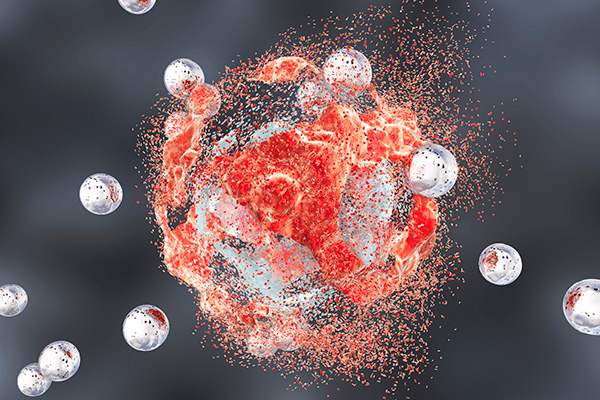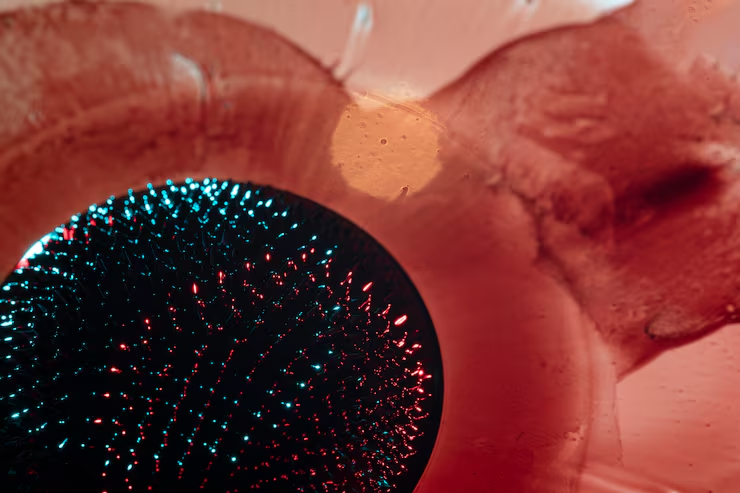Introduction:
In the dynamic realm of materials science, the production of nano-ferrites and nano-orthoferrites has become a focal point for researchers seeking materials with specific physical and chemical properties. Achieving the desired characteristics necessitates the exploration of various fabrication routes, each with its unique advantages and challenges. In this blog, we delve into the diverse methods employed for the synthesis of nano-ferrites and nano-orthoferrites, shedding light on their significance in research and development.
Different Routes: A Spectrum of Choices
The quest for optimal nano-ferrite and nano-orthoferrite materials has led researchers to explore a plethora of synthesis methods. Some of the most prominent routes include:
- Sol–Gel Process:
This method involves the transformation of a precursor sol into a gel, followed by drying and heating to create the desired nanostructured ferrites. The sol–gel process allows for precise control over composition and particle size.
- Combustion Synthesis:
Leveraging the exothermic nature of combustion reactions, this method involves igniting a mixture of reactants to produce nano-ferrite particles. It is known for its simplicity and cost-effectiveness.
- Electrochemical Method:
Through electrochemical reactions, researchers can synthesize nano-ferrites with fine-tuned properties. Electrochemical methods offer a high degree of control and can be scaled up for larger production.
- Hydrothermal Method:
Operating in high-temperature and high-pressure aqueous conditions, the hydrothermal method facilitates the growth of nanostructured ferrites. This technique is recognized for its ability to control particle size and morphology.
- Precursor Route:
The precursor route involves the transformation of a precursor material into nano-ferrites through controlled thermal processing. It allows for tailoring the properties of the final product.
- Co-Precipitation:
In co-precipitation, simultaneous precipitation of multiple components results in the formation of nano-ferrite particles. This method is widely utilized for its simplicity and scalability.
- Micro-Emulsions:
Nano-ferrites can be synthesized in micro-emulsions, where surfactants facilitate the formation of small droplets containing reactants. This method often yields nanoparticles with a narrow size distribution.
- Thermal Decomposition:
By thermally decomposing precursors, researchers can achieve nanostructured ferrites. This method offers control over particle size and shape and is suitable for producing high-purity materials.
Challenges in the Pursuit of Nano-Ferrites:
While these methods have demonstrated success in achieving the desired particle sizes and shapes, challenges persist. Issues such as expensive and complex procedures, high reaction temperatures, long reaction times, the use of toxic reagents, and the generation of by-products pose hurdles for large-scale production. Additionally, concerns about potential harm to the environment warrant careful consideration in the pursuit of sustainable synthesis methods.
Conclusion:
The journey to produce nano-ferrites and nano-orthoferrites is a fascinating exploration of diverse synthesis routes, each offering a unique set of advantages and challenges. As researchers navigate this intricate landscape, the goal remains clear: to find innovative materials with tailored properties for a wide array of applications. The ongoing efforts to address challenges and discover sustainable synthesis methods promise to unlock new possibilities in the fascinating world of nanostructured ferrites.





